News
10-18 elements, in total: 97
No results

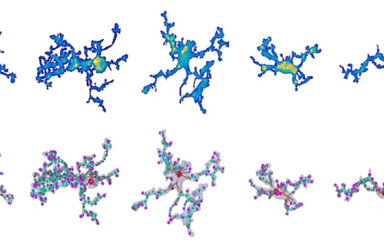
The latest work from Ádám Dénes' group was published in Nature Communications. The fact that microglia were the main subject of their niche study is fundamental. Still, the fact that we are not familiar with our often well-established experimental methods is not only worth noting for those who also use their acute brain slice model in their experiments.

There are not only many types of people, but also many types of awards, and the high science of statistics has proven that once you've won a great award, it's easier to win another. However, the award that Balázs Hangya received on 10 July at Semmelweis University is not one of the more commonly known types of award. So much so that Balázs did not even know it existed.

"The European Molecular Biology Organization is a professional, non-profit organization of more than 2,100 life scientists. Its goal is to promote research in life science and enable international exchange between scientists." From today, 120 scientists have been elected EMBO membership*, including Ádám Dénes, head of the Neuroimmunology research team.
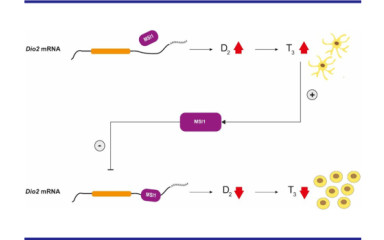
The latest work of the Molecular Cell Metabolism research group led by Balázs Gereben is published in the Journal of Biological Chemistry. The most exciting discovery of the study, first authored by Petra Mohácsik, is the discovery of a new molecular mechanism in astrocytes that may play a role in the development of astrocytic brain tumors.
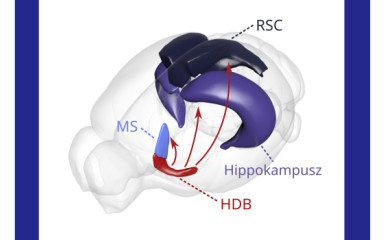
A recent paper in Nature Communications by the Systems Neurobiology group led by Balázs Hangya shows that when deep brain inhibitory cells in mice are inhibited, they do not learn from their unpleasant experiences. What have researchers learned from this, and what should non-scientists understand from the results?
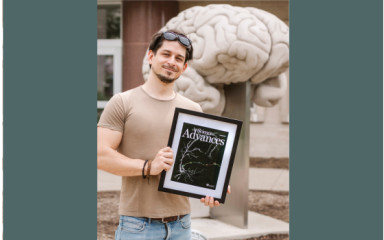
From time to time, there are topics that many people think a little knowledge gleaned from the internet is enough to decide for themselves what the truth is. Just as during the pandemic, many believed it was best to decide for themselves which vaccines to trust and whether vaccination was necessary, there is a strong difference of opinion on the use of marijuana, which many consider to be an 'innocent' pleasure item. But what is the truth? What is known today about the active ingredients of marijuana and the causes of its physiological effects? To play on the title of a famous old film, what is the effect of cannabis on the synapses?

Balázs Hangya and his team studied deep brain inhibitory cells and observed that when these cells were blocked, the mice did not learn from the negative stimuli they received. The significance of their discovery is reflected in the fact that their work has been accepted for publication in the journal Nature Communications.
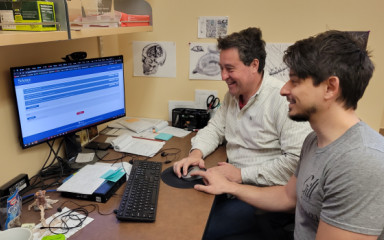
The results published in the highly prestigious journal Science Advances, with Benjámin Barti as the first author, contribute to the understanding of the phenomenon of tolerance accompanying the regular consumption of cannabis at the molecular level.

Program:
KOKI Lecture Hall
2024. 05. 23 . 18.00


